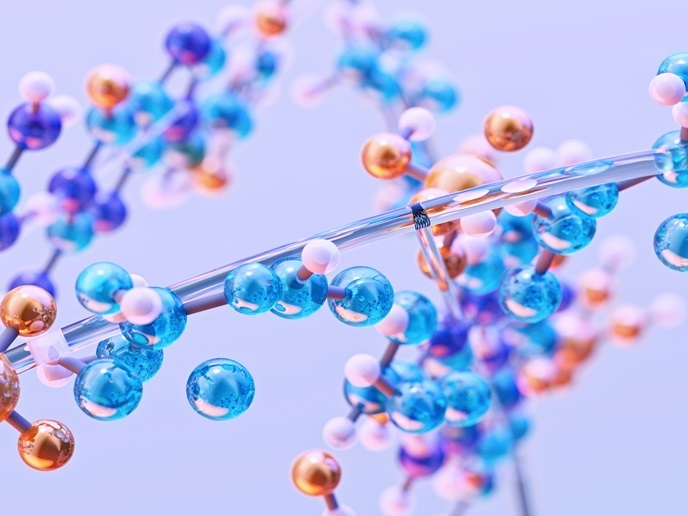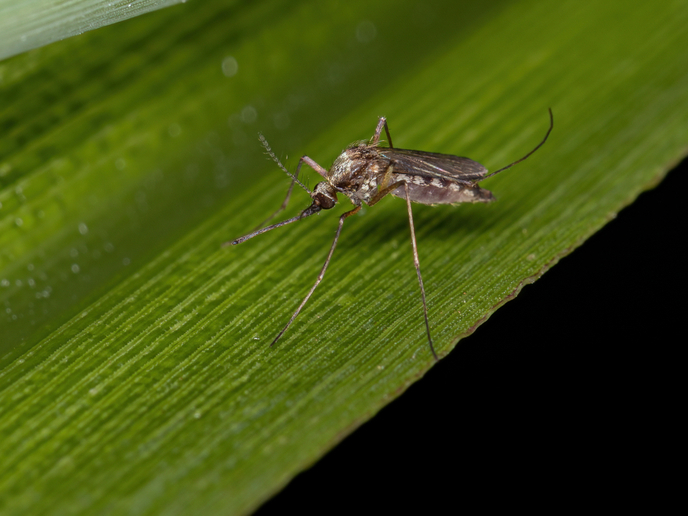Toward DNA-based nanomaterials
Although biotechnologists have been using DNA to produce controlled shapes and molecules for some time, the process got a turboboost in 2010 with the demonstration of 'DNA origami'. Scientists showed that they could 'staple' small sequences in place in order to control the complex bending according to a preconceived molecular design. Despite its amazing role in nature, use of DNA in nanotechnology and nanoengineering has been limited because it does not conduct electricity. DNA nanoengineering is now entering a new phase with the possibility of conferring properties such as conductivity to make the molecules truly useful in nanotechnology applications. Scientists working on the EU-funded project 'Functional DNA-based nanomaterials using metal-mediated self-assembly processes' (FUNDNAMAT) built on the now well-established DNA origami technique. Using DNA as a scaffold, they focused on the creation of conducting nanowires. The FUNDNAMAT technique exploits well-designed metal fragments with a monomer unit based on a pyrrole, heterocyclic ring structures commonly used in pharmaceutical chemistry. The fragments are programmed to interact at specific locations of a single-stranded DNA molecule as in the DNA origami technique. The DNA thus acts as a template for self-assembly. Team members successfully demonstrated correct assembly of the metal fragments along the single-stranded DNA molecule. The proven methodology is currently being optimised. The next step will be to form a customised DNA-polymer hybrid that conducts electricity, a DNA-based nanowire, for nanotechnology applications. DNA origami made it possible to form more complicated polymers from DNA more quickly and efficiently. FUNDNAMAT has paved the way to using these molecules as scaffolds that can be functionalised to confer properties such as conductivity, paving the way to integration in nano-scale devices.







